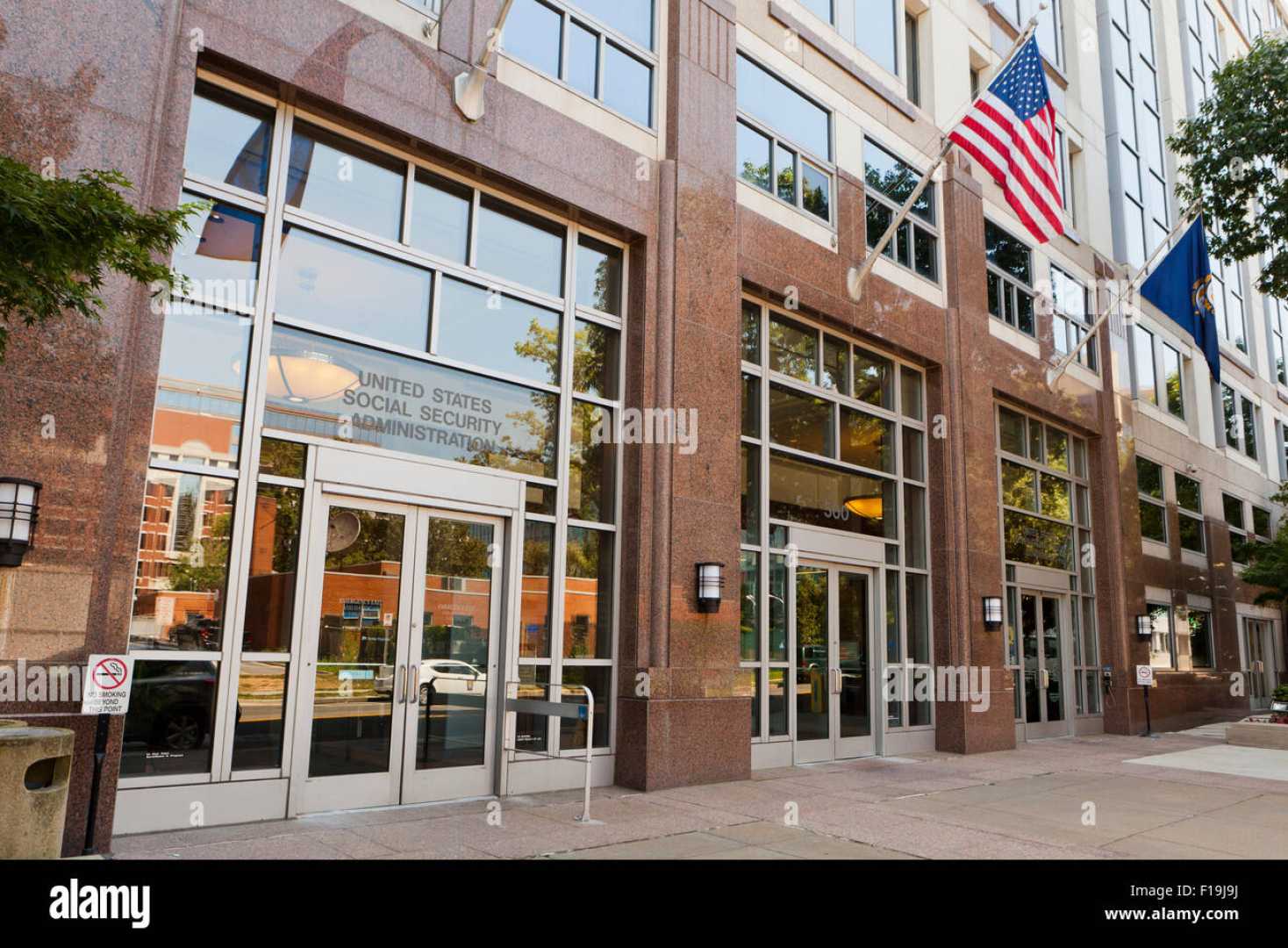News
New Social Security Fraud Checks Spark Confusion Among Beneficiaries

WASHINGTON, D.C. — The Social Security Administration (SSA) is rolling out new anti-fraud measures on Monday that have ignited widespread concern and confusion among beneficiaries who rely on the program for their monthly payments. Under these new rules, all phone applications for benefits will now undergo an anti-fraud identity check, and claims flagged as potentially fraudulent will require in-person verification.
Additionally, beneficiaries will no longer be able to change their direct deposit information over the phone, a move the agency says is necessary to combat fraud, which reportedly accounts for about 40% of direct deposit fraud cases.
The initiatives, announced last month, were created in response to suggestions from Elon Musk‘s Department of Government Efficiency. However, advocates have criticized the measures, asserting they may hinder access to benefits for vulnerable populations. Many beneficiaries, fearing they could lose crucial payments, have rushed to local field offices for identity verification, often facing long wait times and additional confusion.
In an attempt to clarify the changes, the SSA has made several public announcements. Initially, the agency indicated that phone applications for retirement and disability benefits would be cut off entirely, requiring applicants to use the SSA’s online services or visit field offices. This initial ban was scheduled to take effect on March 31 but was modified shortly thereafter.
By early April, the agency walked back its decision once more, allowing phone applications for all programs to continue, but still requiring in-person verification for cases flagged during the anti-fraud checks. The SSA anticipates that approximately 70,000 of the 4.5 million claims filed by phone might be flagged for further scrutiny.
“Telephone remains a viable option to the public,” noted an SSA spokesperson during the announcement of the revised policy.
The latest changes have been welcomed by advocates, particularly those concerned about how the restrictions impact beneficiaries who may not be computer-savvy or able to visit an office conveniently. Nancy LeaMond, executive vice president at AARP, reflected this sentiment, stating, “SSA’s guarantee of phone access for claims is a win for older Americans.”
However, the swift policy shifts have caused confusion not only among beneficiaries but also among SSA staff. Many customer service representatives received inadequate training about the new rules before changes were made again, leaving them ill-prepared to assist callers and visitors. Jessica LaPointe, president of the American Federation of Government Employees’ Council 220, highlighted the setbacks, saying, “Hasty and inadequate training is leaving the workforce unprepared to deal with the influx of public inquiries.”
The uncertainty prompted individuals like Kevin Jochems, a 62-year-old cancer patient from Broomfield, Colorado, to visit his local SSA office last month to confirm his identity, fearing a disruption to his payments. “Even missing one monthly benefit would put me a step closer to homelessness,” he said. Jochems encountered a crowded office and was told he needed an appointment, emphasizing the frustrations beneficiaries face as they navigate the new rules.
Similarly, 66-year-old Matt Koob, a health technician at a Veterans Affairs hospital in Tampa, Florida, expressed irritation at the obstacles when trying to verify his identity ahead of applying for benefits in August. “They’re telling people, ‘We want you to do it in person, but we’re not going to let you in the building,’” Koob commented.
As the rollout goes into effect, beneficiaries will find it increasingly important to stay informed about the latest regulations and ensure they promptly address any flagged applications to avoid interruptions in their crucial Social Security payments.












